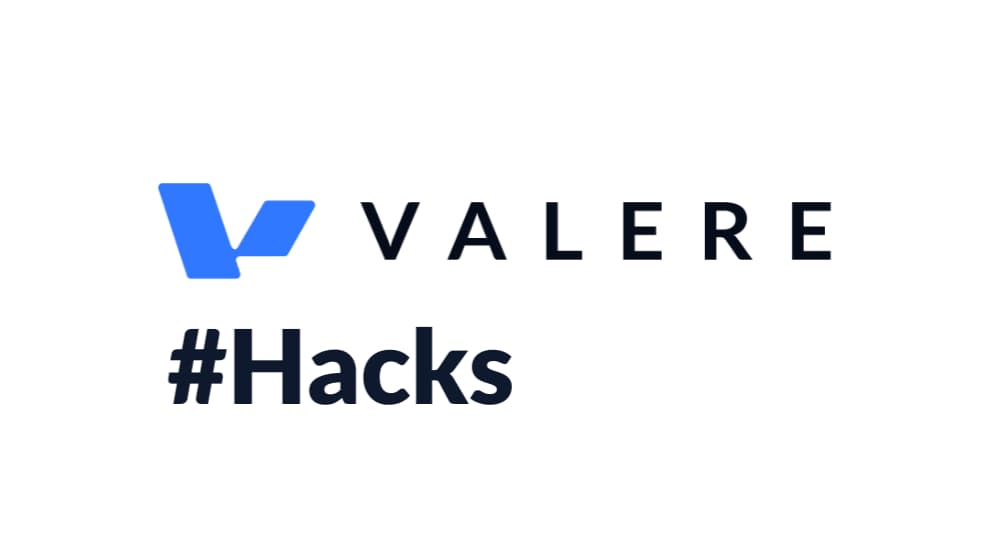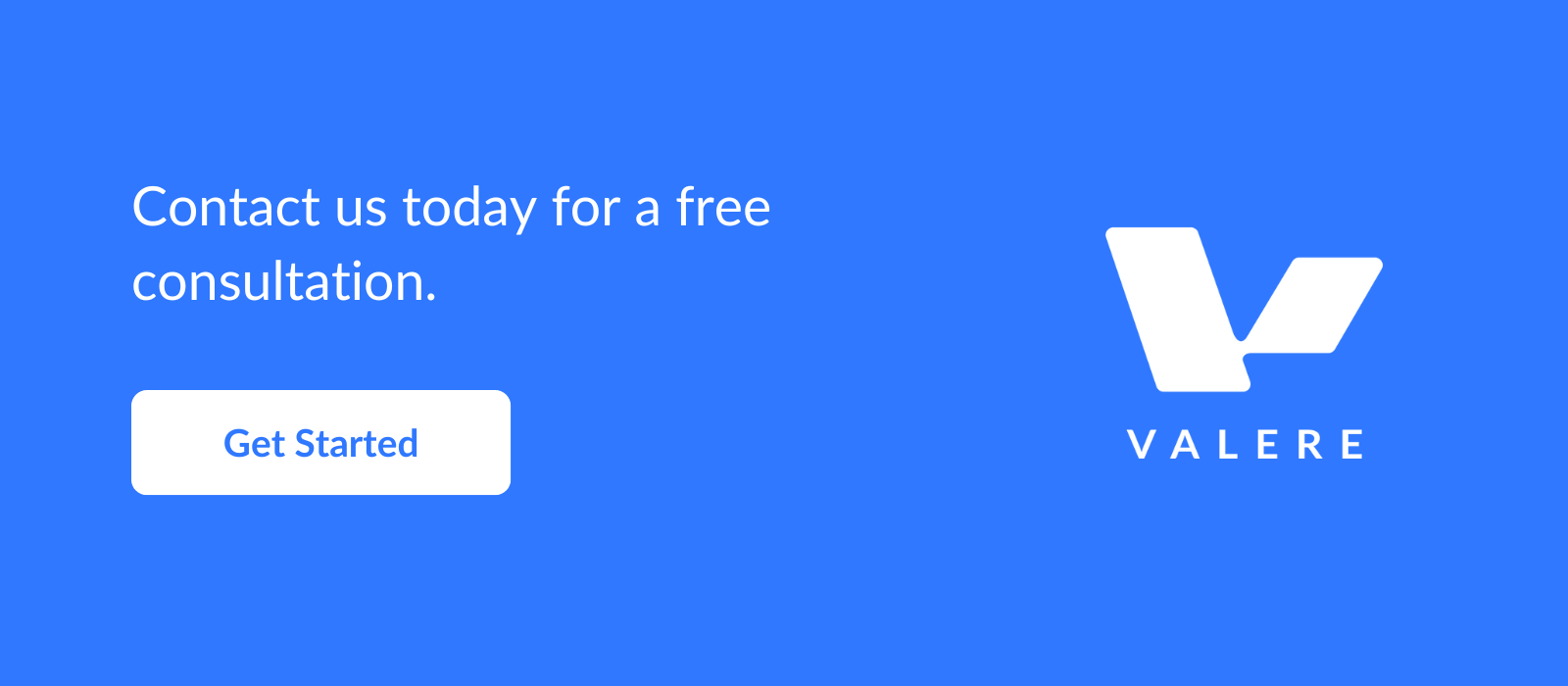Teams constantly face complex challenges that require careful consideration, strategic thinking, and data-driven decision-making. To navigate these challenges effectively, product teams need powerful tools that can guide their thought processes and stimulate innovative solutions. One such tool is targeted prompts. In layman's terms, carefully crafted questions or scenarios that encourage deep thinking and comprehensive analysis. Have you discovered the perfect prompt or how to become a prompt engineer without a computer science degree? The truth is, you already have the potential! Here, we will show how anyone can unlock their inner prompt engineer and harness the power of AI through creative thinking and a few key strategies. This blog post explores a set of essential prompts designed to empower product teams across various aspects of their work. We'll share how these prompts can enhance decision-making, drive product success, and foster a culture of continuous improvement.

On this page
Specific Case Analysis: Preventing Cannibalization
Crafting Effective OKRs
Understanding Benchmarks
Strategic Roadmap Planning
Comprehensive Product Requirements Document (PRD)
Conclusion
In this context, "cannibalization" isn't about a zombie apocalypse (although some might argue that launching a new product can feel like one!). It refers to a situation where your generous free tier might unintentionally eat into sales of your premium product. Basically, users love the free version so much they might not feel the need to upgrade, even if the premium version offers more features. We want to find the sweet spot where everyone wins: users get a great free experience, and your business thrives too!
When dealing with specific cases, it's crucial to consider all angles and potential outcomes. A prompt like this can spark insightful discussions:
"COMPANY already offers a generous free tier. How can I prevent it from cannibalizing sales for the premium product? List some ideas and pros and cons of each."
This prompt encourages teams to:
Ideas generated from this prompt might include:
a) Implementing usage limits on the free tier Pros: Clear incentive to upgrade; easy to understand. Cons: May deter some users from trying the product.
b) Offering exclusive features in the premium tier Pros: Creates tangible value for upgrading; allows for continuous innovation. Cons: Requires ongoing development of new premium features.
c) Providing priority support for premium users Pros: Adds value without significant development costs; appeals to business users. Cons: May lead to perceptions of poor support for free users.
By exploring these ideas and their implications, teams can develop a nuanced strategy that maximizes both user acquisition and revenue.

Setting Objectives and Key Results (OKRs) is vital for aligning teams and measuring progress. A prompt like this can help teams focus their efforts:
"I'm tasked to write OKRs to own the marketing and PLG department for a sales-led business. What should they be?"
This prompt guides teams to:
Example OKRs might include:
Objective 1: Increase product-qualified leads (PQLs) by 30% in Q3
Objective 2: Enhance sales team effectiveness through product data

Benchmarks provide crucial context for evaluating performance. Without benchmarks, it's like playing darts blindfolded. You might hit the target occasionally, but it's hard to know if you're consistently improving. Prompts in this category might include:
"What are the benchmarks for conversion rate for an ungated product with a free trial and a free product?" "What factors influence conversion rates most?"
These questions push teams to:
While specific benchmarks can vary widely based on industry, product type, and target market, teams might consider factors such as:
Understanding these factors allows teams to set realistic goals and focus on the most impactful areas for improvement.

Effective roadmap planning ensures that teams focus on high-impact projects. A prompt like this can kick start the process:
"What are some projects growth engineers on my team should work on next? I'm trying to build our roadmap. Please share some ideas for projects."
This prompt encourages teams to:
Potential project ideas might include:
a) Implementing a personalized onboarding flow based on user characteristics and behavior
b) Developing an A/B testing framework for rapid experimentation with product features
c) Creating a referral program to leverage word-of-mouth growth
d) Building integrations with complementary tools to expand the product ecosystem
e) Optimizing the product's performance to improve user experience and retention
Brainstorming project ideas can feel like staring at a blank canvas. This prompt helps growth engineers unleash their inner Picassos and paint a masterpiece of a roadmap!
A well-structured PRD is essential for guiding product development. The detailed prompt provided offers a comprehensive framework for creating a PRD:
"As the Product Manager for a [tool + niche, for example – AI marketing tool] aimed at [describe your target audience], create a comprehensive Product Requirements Document (PRD)."
This type of prompt ensures that all crucial aspects of the product are considered and documented, including:
By following this structure, teams can create a comprehensive roadmap that aligns all stakeholders and provides clear direction for development efforts, ensuring everyone's working towards the same growth goals.
These prompts serve as powerful tools for product teams, guiding them through complex decision-making processes and ensuring that all crucial aspects of product development are addressed. By incorporating these prompts into their workflow, teams can:
To maximize the effectiveness of these prompts:
Remember, the power of these prompts lies not just in the questions themselves but in the thoughtful discussions and analyses they inspire. By consistently engaging with these types of prompts, product teams can develop a more strategic mindset, make better-informed decisions, and ultimately deliver products that truly resonate with their target audience.
As you implement these prompts in your product development process, be open to creating new prompts that address the unique challenges of your industry and organization. The most effective prompts are often those that evolve with your team's needs and the changing landscape of your market.
If you were interested in this article, you will probably find value in reading the AI-product management imperative.
By embracing this approach to product development, teams can stay agile, informed, and focused on delivering value to both users and the business. In the ever-changing world of product management, these prompts serve as a compass, guiding teams toward innovation, growth, and success.

Share